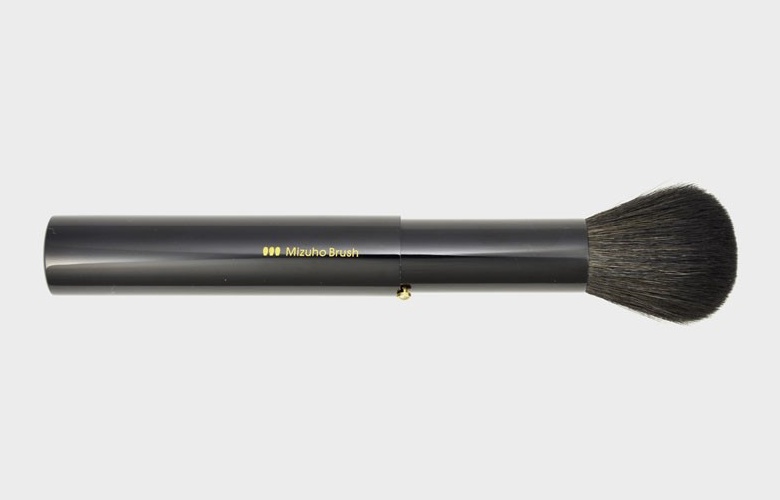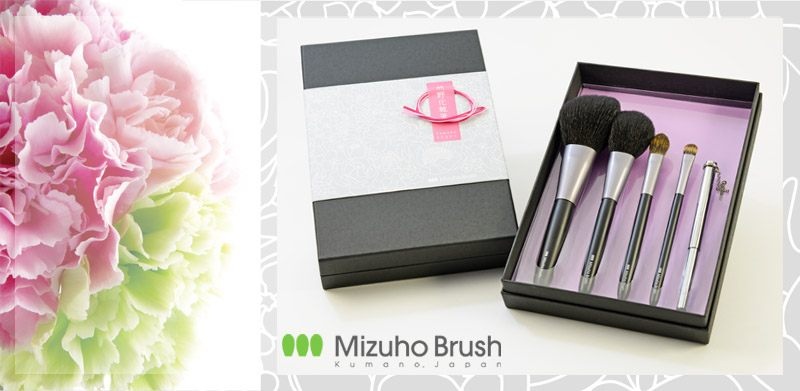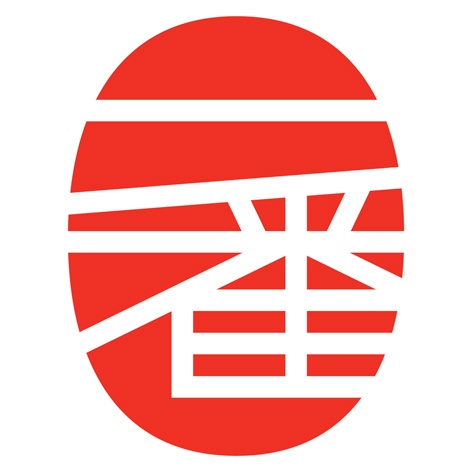The History of Japanese Cosmetic Brushes
Kumano, a city in Hiroshima Prefecture, is widely known for its superb manufacturing of a variety of brushes. With a history over 180 years that stretches all the way back to the Edo Period (1603-1868), Kumano brushes have become a brand recognized even internationally.
By NIHON ICHIBAN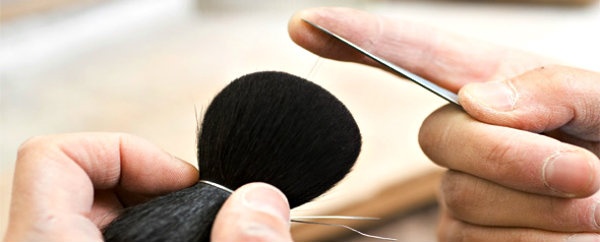
http://nihon-ichiban.com/2015/02/04/japanese-makeup-brushes/
Due to the mountainous nature of their area, the farmers here always had difficulty making a living out of farming alone. To earn extra money, many men would go find work in other areas such as Nara. Traveling back and forth, they would buy writing brushes and re-sell them on the way back home to make some money on the way. Around 1840, a group of enterprising farmers decided to start manufacturing high-quality brushes themselves, resulting in the creation of the Kumano manufacturing method.
With the advent of compulsory education in 1886, the demand for calligraphy brushes rose, making Kumano brushes known and desired for all over the country. Many years later, the decline of the calligraphy market led to the innovative decision to transfer the underlying knowledge and skills to a new market: cosmetic brushes.
The city of Kumano now produces about 80 percent of all brushes made in Japan. This equals an astonishing 15 million brushes a year. They are still hand-crafted, using the same techniques passed down for centuries, which have even been officially recognized as a Traditional Craft by the Ministry of Economy, Trade and Industry (METI), and Kumano brushes are counted among the products METI has decided to showcase abroad in The Wonder 500.
Mizuho Brush Co., Ltd.
https://www.youtube.com/watch?time_continue=140&v=_8HeOVisvxc
Successor to a former calligraphy brush business, Mizuho Brush Co., Ltd. was founded in 1970 and became specialist in the crafting of cosmetic brushes. In 2008 the company created the Mizuho Brush brand, also known as the MB-series, which won the Good Design Award in 2011.
Using different types of animal hair based on the intended usage of the brush, craftspeople create softness and performance that cannot be matched by mass-produced synthetic hair. The hair, being the most essential part of the brush, is carefully selected and combined, including pony, sable, squirrel, weasel, goat and PBT (polybutylene terephthalate) synthetic hair.
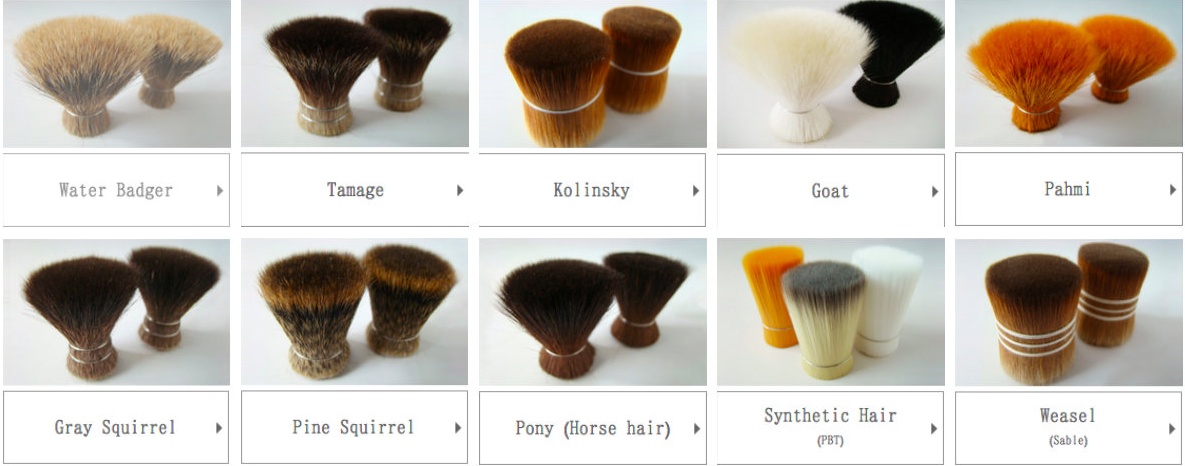
http://anything-from-japan.com/beauty-fashion/personal-care/japanese-makeup-brushes
Each hair type has specific features that determine how it is used or combined. Pony and goat hair are often used for powder-retaining brushes; firm water badger hair is almost exclusively used for eyebrow brushes; and squirrel hair is used to achieve the gentlest sensation on the skin.
How Japanese Makeup Brushes are Made

http://nihon-ichiban.com/2015/02/04/japanese-makeup-brushes/
The production can be divided into five steps. The traditional processes are very time-consuming, but they represent the only way to ensure the best possible quality.
Step 1:
The first step is to select the best type(s) of hair for the intended use of each brush. The shape and softness are very important. You would need a soft, round shape for a face or cheek brush, whereas a flat, pencil-like brush might be desired for the eyes.
Step 2:
A process Mizuho especially takes pride in is the removal of inferior hairs—a task that can only be performed by experienced and skilled workers, as their observation and touch are all that determine the quality of each brush. Any hair that is loose, pointing a slightly different way, feels different or is anything less than perfect will be combed out with a small tool called a hansashi. Doing this by hand requires a great deal of time, but it is the only way to create a perfect brush. The tips of most mass-produced brushes are trimmed into shape, resulting in skin irritation or an uncomfortable feeling due to the cross-section of the cut hairs.

http://nihon-ichiban.com/2015/02/04/japanese-makeup-brushes/
Step 3:
Once only the perfect hairs remain, they are inserted tip-first in a koma. This wooden holders allow the hairs to be shaped into the desired brush tip. Even these tools are still hand-made, as each brush type requires a particular koma.
Step 4:
Now that the brushes have their shape, they are inserted into a fastener to make sure they keep their form. Glue is used to make it all solid. And finally, the brush is washed thoroughly.
Step 5:
Once dried, the brush is attached to its handle, which is often made of Japanese wood or brass. The brush is now complete, and will again be going through extended checks and inspections.
https://www.youtube.com/watch?time_continue=143&v=_g99CMluEjk
This precise manufacturing process results in top-quality brushes that are said to slide over your face like rose petals, removing oil and easily dividing powder. Mizuho brushes have gradually grown in international popularity, and are widely appreciated by celebrities and professional makeup artists.
Where to Buy Japanese Cosmetic Brushes
Nihon Ichiban offers a wide variety of Mizuho brushes suitable for beginners and professionals. Take this chance to feel and experience these special crafts yourself, or surprise any makeup savvy friend or family member with one of our beautifully boxed gift sets. For the perfect finishing touch, have your or your friend’s name engraved on the handle at no additional cost!


